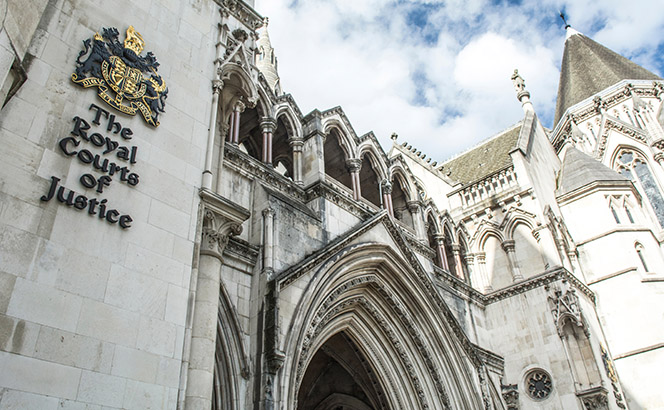
The team at Watson Farley & Williams discuss the latest developments in the sector
It has been a busy few years for the London contentious construction team at Watson Farley & Williams. Following the recruitment of specialist Rebecca Williams in 2015 and the relocation of former Bangkok partner Rob Fidoe in 2016, the team has gone from strength to strength, building on the capabilities of the firm’s leading non-contentious practice to make its mark in the construction market. The team, which was joined by construction hotel and leisure expert Barry Hembling in 2019, is now an award-winning practice, working for domestic and international clients operating across a range of sectors, and conducting groundbreaking litigation, which is shaping new law. This includes the landmark decision in PBS Energo AS v Bester Generacion UK Ltd [2019], where the English High Court refused to enforce an adjudication decision as there was a properly arguable defence that the decision had been obtained by fraud – the first occasion on which the court refused to order enforcement in such circumstances.









